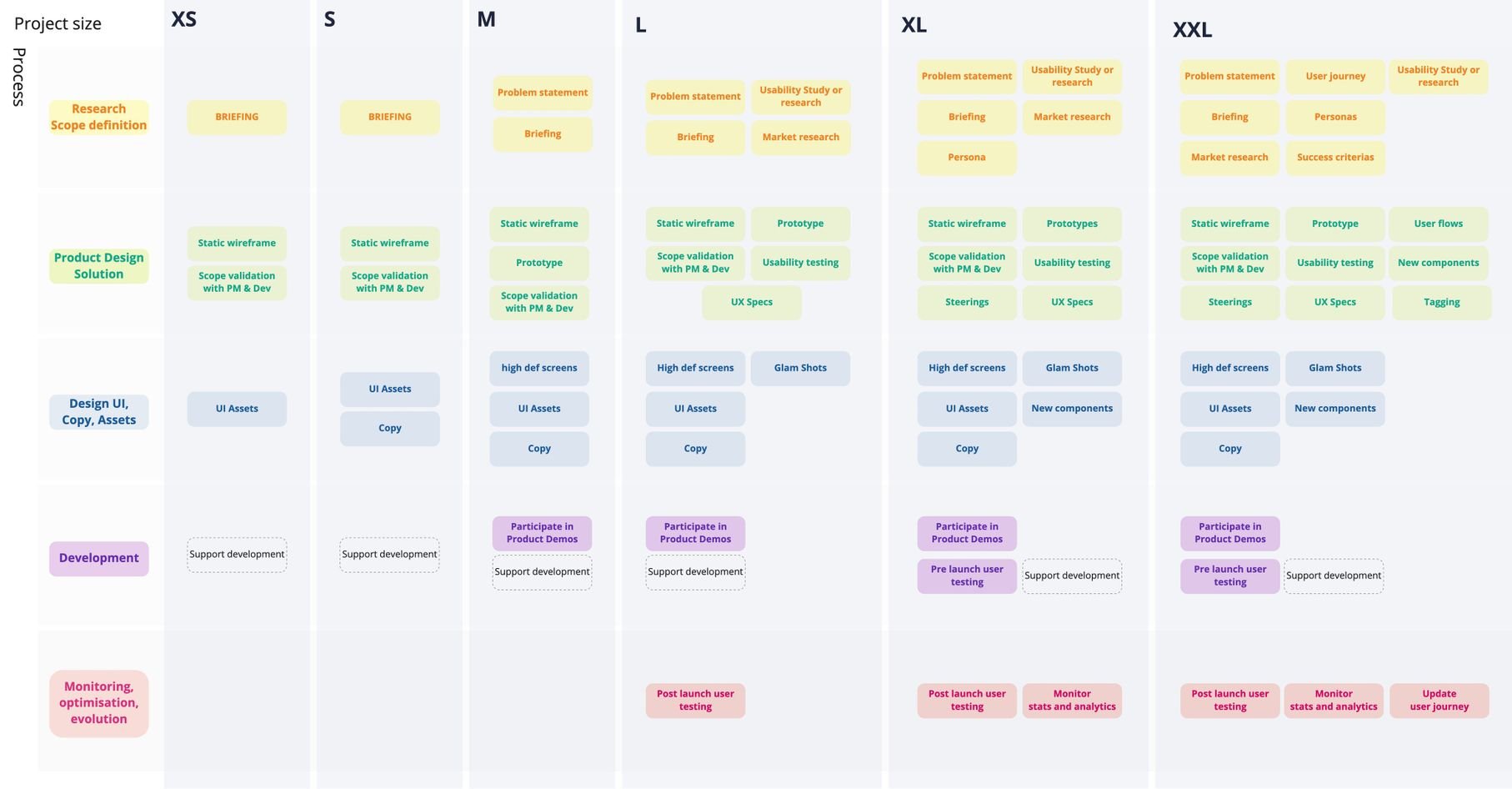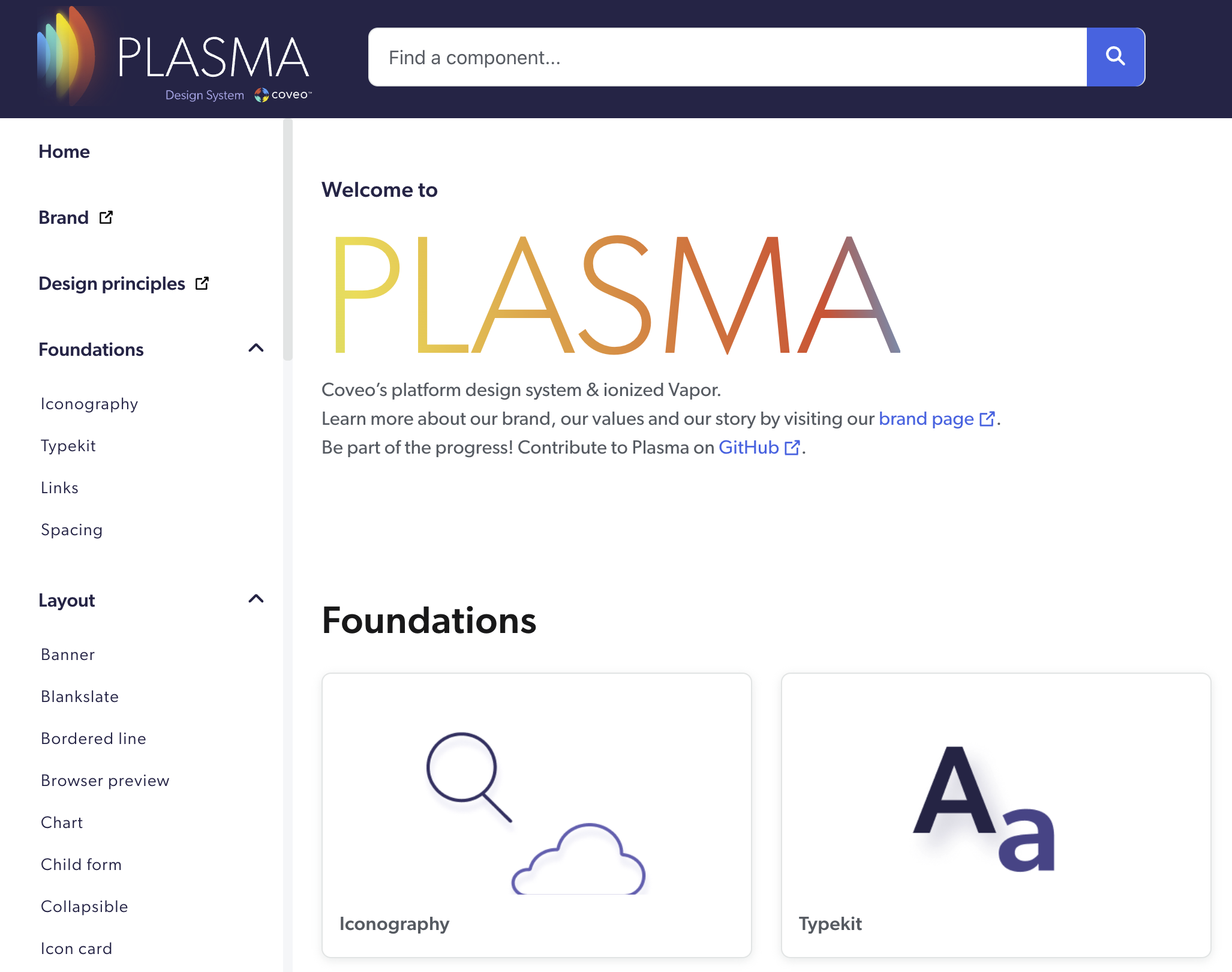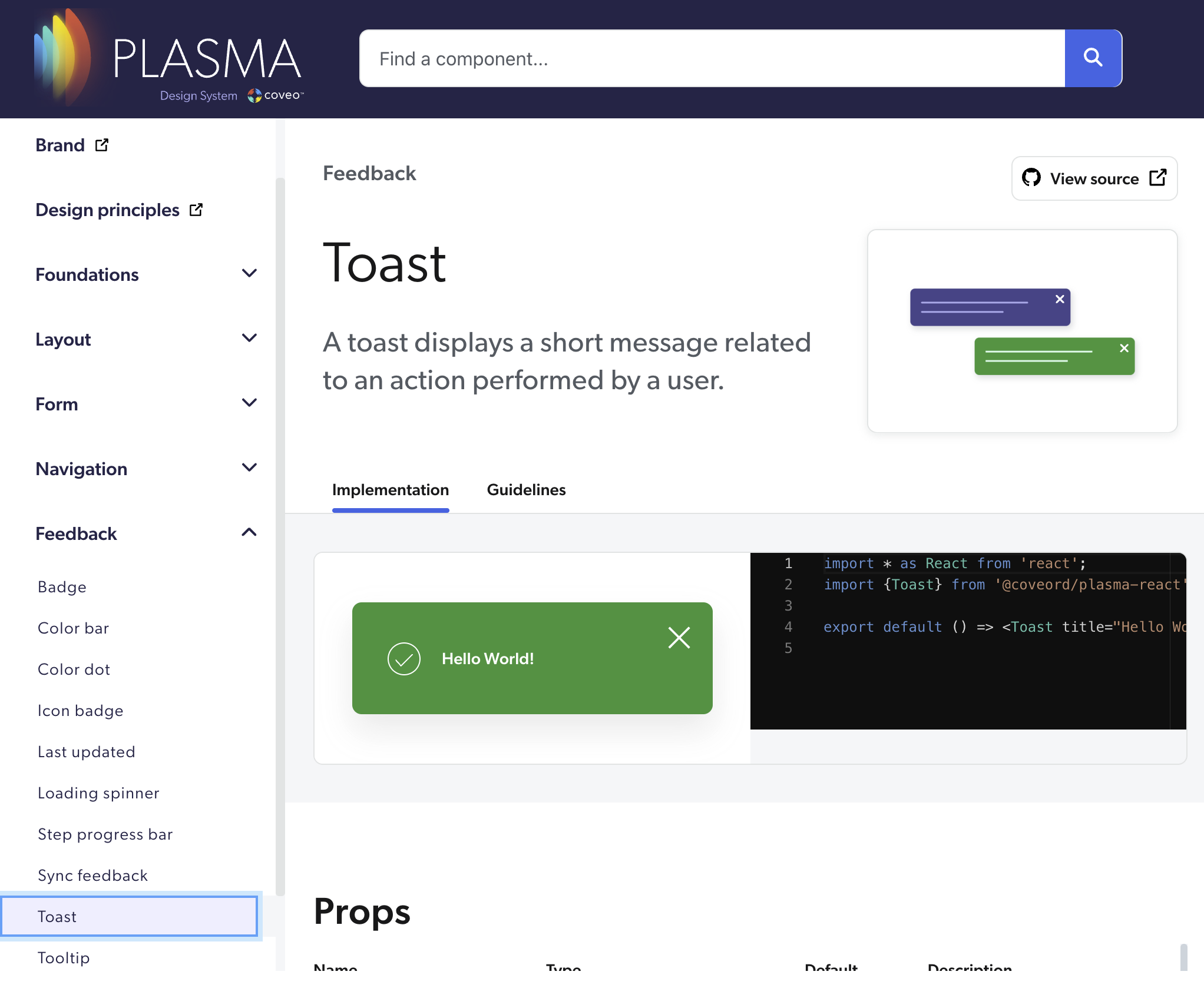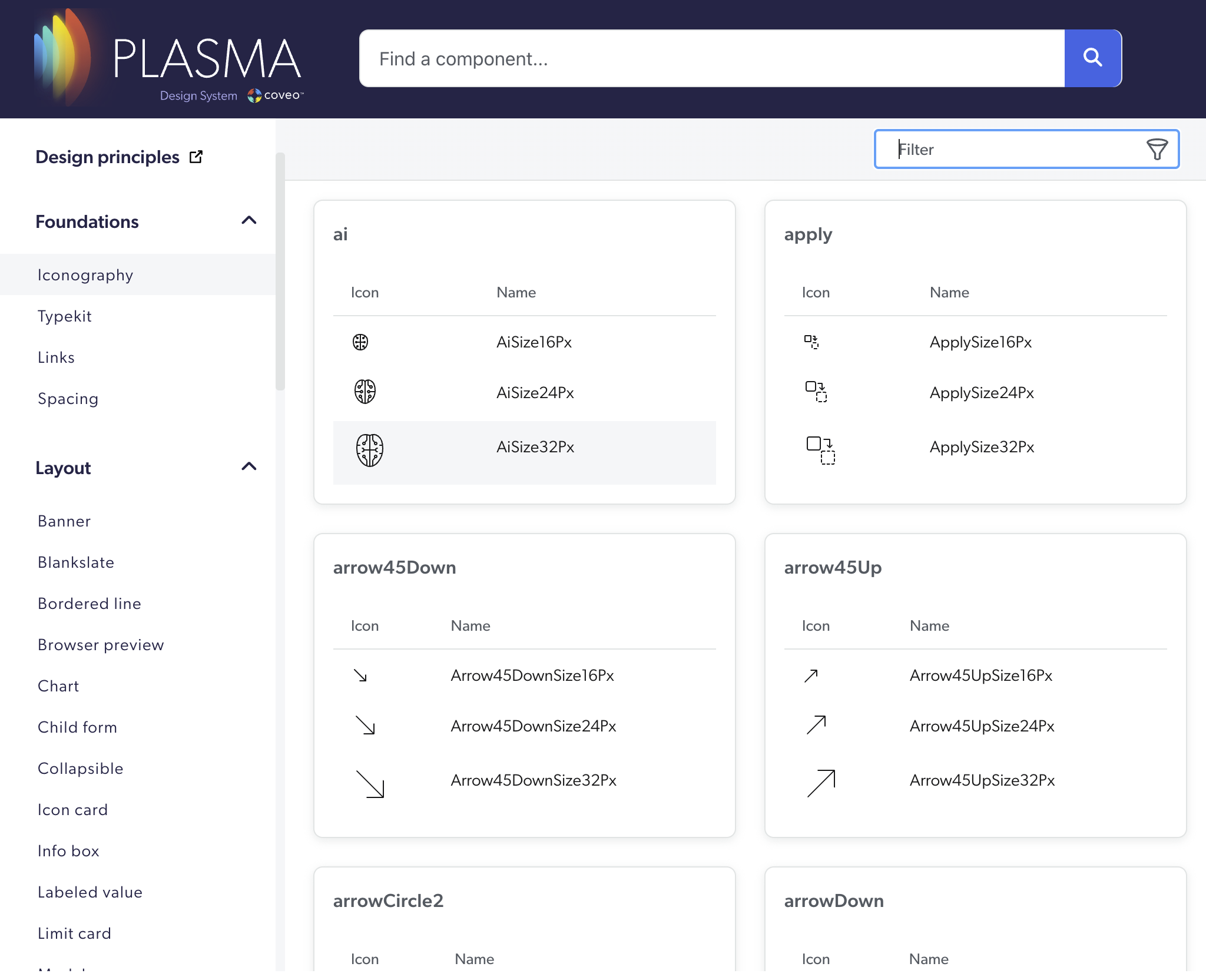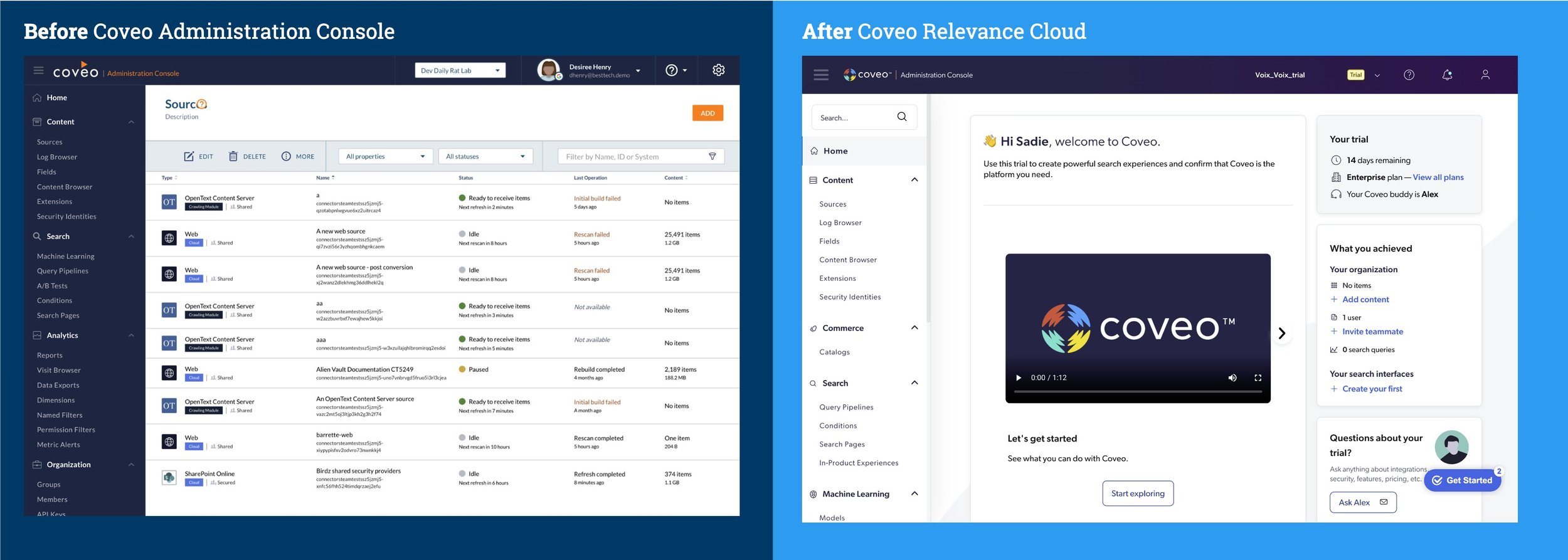“The key to successful leadership today is influence, not authority.”
Company: Coveo, Saas AI Company, size 750+ employees
Mandate: Grow, manage and mentor the design practice in R&D and set new standards for product design and development.
Acknowledgement: The work below is the work of a team of designers and partners across the organization. My role was to lead, hire the right talent, set up the structure and processes to enable everyone to do what they are good at and love to do.
Building up Coveo’s Design Capacity
Design practice at Coveo, mid 2020
Design practice at Coveo, mid 2022
380% increased design capacity in 12 months
Saying YES is as essential as saying NO.
The designer mandates were not clear. Random work was requested, and designers felt they needed to say yes to everything. Requests were formulated as "a quick mockup," "can I have it by tomorrow," and "this is easy, here is the solution."
This way of working led to:
unfinished work going to production.
work that never made it to production.
overwhelming requests
lack of empathy with users
a reactive stance from designers
design practice to feel like a bottleneck
designers as unicorns: do research, requirement gathering, wireframes, ui design, illustrations, quality insurance, user testing and even front-end engineering
The symptoms indicated a lack of capacity planning and design leadership in the company—typical for a fast-growing engineering-led startup.
Centralized practice with distributed ownership
My starting point was to understand: map mandates, understand who owns what, and how the decision process is distributed. At the same time, I began to create a scalable process where designers understand their own capacity and become proactive in their mandates.
The strategy led to:
a clear distribution of mandates understood by the whole organization
pairing Designers with Product Managers
a common design backlog and a 2-week sprint rhythm
diversification of the team to include supporting experts: UX Researcher, Art Director and UI designer, Content Designer
created the rituals needed for the transfer of knowledge: Design Demos, UX Reviews
Ultimately, in 2 years, my team reduced the product design debt, created a usable design system and avoided wasted work. And most importantly, I empowered the design practice to lead alongside engineering and product management practices.
A flexibile guide for the design process
Design process and example of product design activities.
The impact
Token-Based Design System
Plasma is an open-source Design System. It is the key component of Coveo's lean development practices, consistency and automation.
The token system enables designers to update icons, colours, and other components directly in Figma. The changes automatically update the Plasma design system and pass it into the central platform: Coveo's Relevance Platform.
No coding required or wasted for trivial updates, no monkey work at Coveo.
This initiative was a participatory effort by Karen Poulin, Joana Nunes, and Johnny Kounlavout under the Art Direction of Gustavo Rodriguez.
Design Principles
We are all designers. The function of a Design Practice is to facilitate and encourage everyone to participate in design and product development. Our Design Principles are the core of our design intention and consistency.
Facilitation, convergence and illustration by Audrey Drolet.
A product to trust
“The design is not just what it looks like and feels like. The design is how it works.”
“... because culture works faster than processes”
#onevoice team ❤️
The presented work is a result of a group of talented people that I have been part of. I will happily grab a coffee with you and share more details about my work and contribution.
☕️



